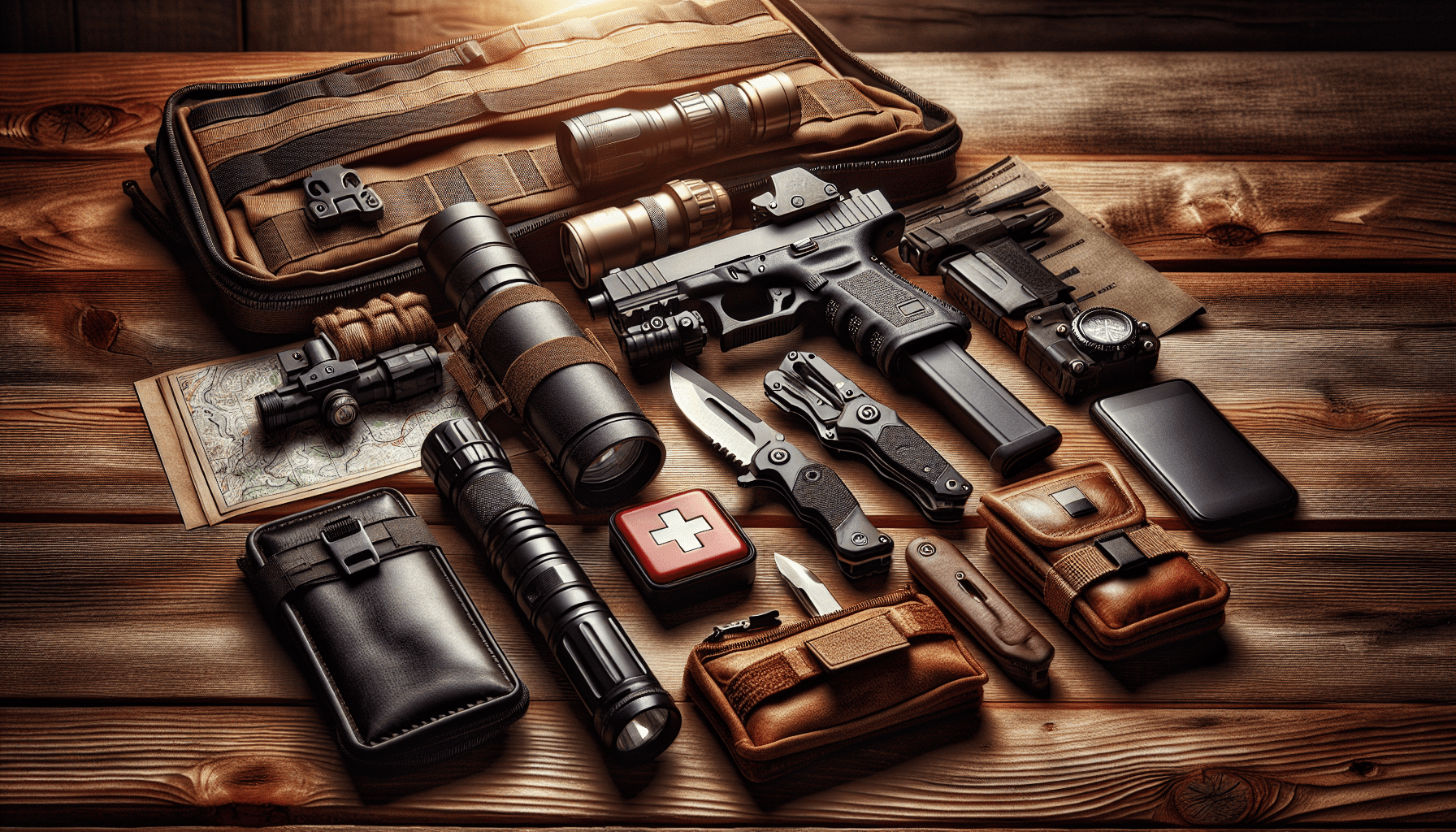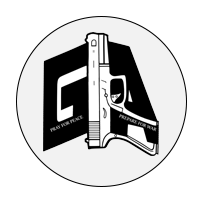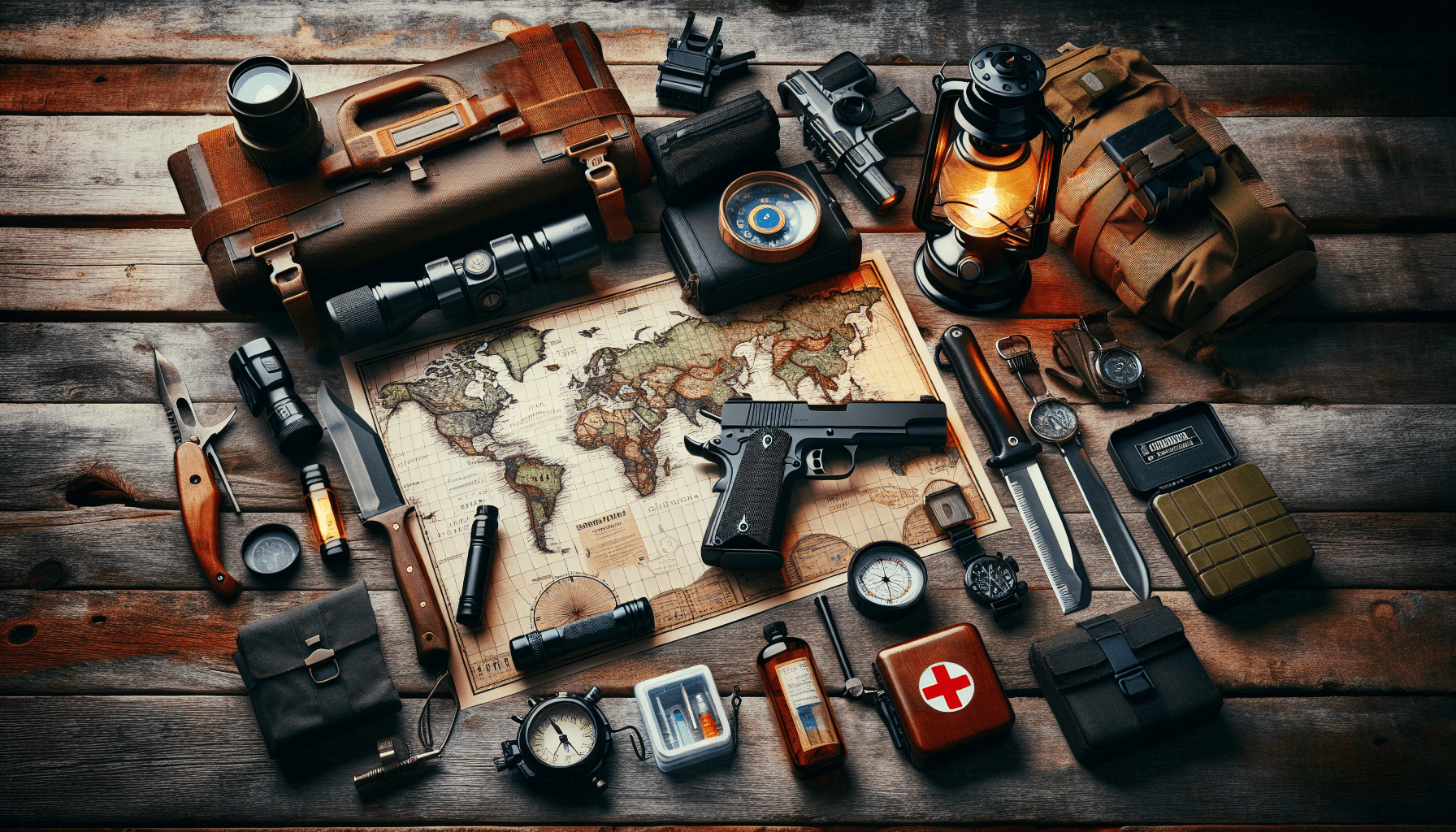Have you ever thought about how firearms could play a role in your disaster preparedness plans? It’s a topic that calls for a thoughtful balance between readiness and caution. As disasters can strike without warning, being prepared is crucial. Among the many elements of disaster readiness, firearms often serve as both tools and responsibilities, requiring careful consideration and responsible management.

Understanding Disaster Preparedness
Being prepared for a disaster involves more than just a stockpile of food and water. It’s about having a comprehensive plan that takes into account the many scenarios you might face. This includes natural disasters like hurricanes, earthquakes, and floods, or even man-made crises such as riots or power outages. When chaos reigns, having a plan can alleviate panic and provide a sense of control.
Essential Components of Disaster Preparedness
To begin, it helps to understand what makes a preparedness plan robust. You’re looking at a blend of resources, skills, and knowledge that can keep you and your loved ones safe. Here are some key components:
-
Emergency Supplies: Stock up on non-perishable food, clean water, first aid supplies, and medications.
-
Communication Plan: Have a strategy in place for staying in touch with family or emergency services.
-
Shelter Plan: Know where you’ll go if you need to evacuate, and have an idea of how you’ll get there.
-
Evacuation Plan: Set clear routes and destinations, and keep your vehicle fueled and ready.
Role of Firearms in Disaster Preparedness
Now, let’s talk about firearms. When people consider self-defense, firearms often come up as a means to provide a sense of security. In a disaster, they can deter looters and provide protection. Handling firearms safely and responsibly is paramount, as is understanding the legal implications of their use in different scenarios.
Choosing the Right Firearms
Selecting the right firearms for your preparedness plan is essential. With so many options, it can be overwhelming. Your choices should reflect the type of threat you anticipate, as well as your comfort and skill level with firearms.
Types of Firearms
Here’s a breakdown of different firearms and their typical uses:
-
Handguns: These are compact and easy to carry, making them a popular choice for self-defense.
-
Shotguns: Useful for home defense due to their power and versatility, shotguns can fire different types of ammunition.
-
Rifles: Ideal for long-range situations and hunting, rifles can offer precision and stopping power.
Considerations for Selection
When choosing a firearm, consider these factors:
-
Purpose: What situations do you anticipate?
-
Training: Are you trained to handle this firearm safely?
-
Storage: Do you have secure storage to prevent unauthorized access?
-
Legal Issues: Are you aware of the laws regarding firearm use during disasters in your area?
Training and Handling Firearms
Owning a firearm is a responsibility that requires training. Proper use and handling can make a significant difference in emergencies. It’s not just about pulling a trigger; it’s about ensuring safety and preparedness.
Importance of Training
Training helps build confidence in handling firearms effectively. Regular practice at a shooting range, like Green Line Arms in Pensacola, can enhance your skills and make you more comfortable in high-pressure situations.
Types of Training
There are several types of training you can undertake:
-
Basic Safety Training: Covers the fundamentals of gun safety, handling, and storage.
-
Defensive Shooting: Focuses on using firearms for self-defense in real-world scenarios.
-
Advanced Tactical Training: Provides advanced skills and tactics for experienced users.
Regular Practice
Like any skill, practice is what makes perfect—or at least better. Regular visits to a shooting range keep your skills sharp and your confidence high. This is crucial in ensuring that, when needed, you can use your firearm both effectively and responsibly.
Firearm Accessories and Maintenance
The right accessories can enhance the functionality and usability of your firearms. From scopes to protective gear, choosing the right accessories ensures you’re well-equipped.
Essential Accessories
-
Holsters: Provide safe and convenient ways to carry your firearm.
-
Scopes and Sights: Improve accuracy and range effectiveness.
-
Ammunition: Understand different types of ammo for various situations.
-
Maintenance Kits: Keep your firearm clean and in working condition to prevent malfunctions.
Maintenance Tips
Regular maintenance ensures your firearm is reliable. Clean your firearm after use, store it properly, and check regularly for malfunctions. This practice extends the life of your weapon and maintains its performance.

Legal and Ethical Considerations
Understanding the legal framework surrounding firearm ownership is essential, particularly during disasters. Legal considerations vary widely depending on your location but are critical in ensuring you stay compliant.
Understanding Gun Laws
Gun laws can dictate who can own firearms, the type of firearms that are legal, and how they may be used. Familiarize yourself with local laws to avoid unintentional violations. In times of emergency, these laws can become even more complex, so staying informed is vital.
Ethical Usage
With great power comes great responsibility. Using firearms ethically means understanding when it’s appropriate to use them and always prioritizing the safety of yourself and others. This includes considering non-lethal deterrents and being mindful of the broader context of a situation.
Green Line Arms’ Contribution
Green Line Arms in Pensacola is a trusted resource for firearms advice and training. They offer top-notch weapons, accessories, and guidance to help you become a responsible firearm owner. Visit their virtual shooting range to learn more about their offerings and improve your understanding and skills.
Why Visit Green Line Arms?
-
Quality Products: Access to a wide selection of firearms and accessories.
-
Expert Training: Benefit from experienced instructors who prioritize safety and skill development.
-
Community Building: Engage with a community of like-minded individuals committed to responsible firearms ownership.
Preparing Beyond Firearms
While firearms are a significant aspect of disaster preparedness, there are other critical elements to consider.
First Responder Medical Tips
In emergencies, medical readiness is as important as self-defense. Learn basic first-aid skills, stock an emergency medical kit, and be prepared to administer care until professional help arrives.
Psychological Preparedness
Mental resilience is crucial. Stay informed, but not overwhelmed, about potential threats. Practice stress-reduction techniques and ensure mental health resources are a part of your preparedness plan.
Conclusion
Thoughtful disaster preparedness involves balancing different elements, including the responsible use of firearms. By building a well-rounded plan incorporating skills, knowledge, and resources, you’re ensuring safety and readiness. And through establishments like Green Line Arms, you can enhance your preparedness with confidence and integrity.




